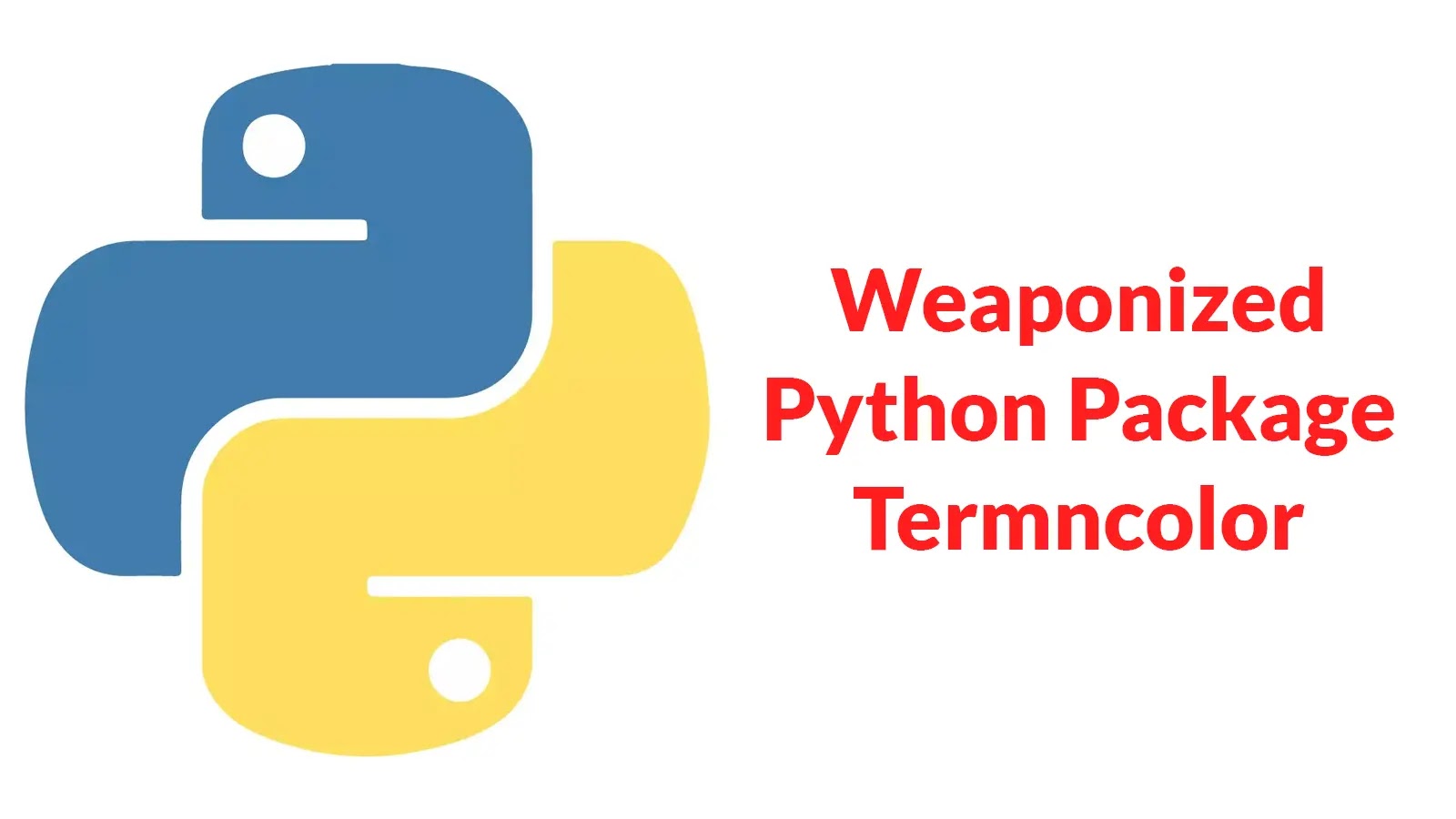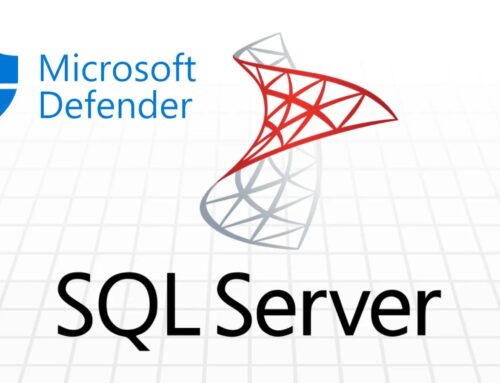
Weaponized Python Package Termncolor Attacking Leverages Windows Run Key to Maintain Persistence
The Python Package Index (PyPI), a cornerstone of the Python development ecosystem, has once again been leveraged by malicious actors. A sophisticated supply chain attack, centered around a seemingly benign package named termncolor, has revealed a multi-stage malware operation designed to establish persistent access on compromised systems. This incident underscores the ongoing threat of software supply chain attacks and the importance of vigilant security practices for developers and organizations alike.
Understanding the Threat: Weaponized termncolor
The malicious package, aptly named termncolor, cunningly masquerades as a legitimate terminal color utility. Its true intent, however, is far more sinister: to deploy advanced backdoor capabilities and establish a foothold on unsuspecting developers’ machines. This incident is a prime example of how attackers exploit trust in open-source repositories to distribute malware on a wide scale.
The attack chain is intricate, involving several stages of payload delivery and execution. Once installed, the weaponized termncolor package sets in motion a series of actions designed to achieve persistence and facilitate remote access. This multi-stage approach makes detection more challenging and allows the attackers to maintain control over compromised systems over time.
Leveraging the Windows Run Key for Persistence
A critical component of this attack’s success lies in its clever use of the Windows Registry’s “Run” keys. These registry keys are a well-known persistence mechanism, allowing programs to automatically launch whenever a user logs into the system. By injecting a malicious entry into these keys, the attackers ensure that their backdoor maintains execution even after system reboots, significantly extending their presence on the compromised machine.
Specifically, the malware leverages entries within locations such as HKEY_CURRENT_USER\Software\Microsoft\Windows\CurrentVersion\Run or HKEY_LOCAL_MACHINE\Software\Microsoft\Windows\CurrentVersion\Run. This technique is particularly effective because it blends in with legitimate system configurations, making it harder for conventional security tools to flag as anomalous without deep behavioral analysis.
The Supply Chain Attack Vector
The termncolor incident highlights the inherent vulnerabilities within software supply chains. Developers often rely on a vast ecosystem of third-party libraries and packages, making it a lucrative target for attackers. By injecting malicious code into commonly used or seemingly innocuous packages, threat actors can propagate their malware downstream to countless unsuspecting users and organizations.
This type of attack bypasses traditional perimeter defenses, as the malicious code is introduced via trusted channels. It underscores the need for robust supply chain security measures, including rigorous package vetting, dependency scanning, and behavioral analysis of installed components.
Remediation Actions for Developers and Organizations
Mitigating the risk of weaponized packages like termncolor requires a multi-faceted approach. Here are actionable steps to protect your development environment and systems:
- Audit Installed Packages: Regularly review and audit your Python project’s dependencies for any unfamiliar or suspicious packages. Remove any that are not explicitly required.
- Verify Package Authorship and Reputation: Before installing any new package, verify its authenticity, check community reviews, and assess the reputation of the author. Be wary of packages with low download counts or lacking proper documentation.
- Implement Least Privilege: Run development environments and package installations with the principle of least privilege. Limit the permissions granted to build processes and user accounts.
- Utilize Virtual Environments: Always work within isolated Python virtual environments (e.g.,
venvorconda) to limit the scope of any potential compromise to that specific project. - Monitor Registry Changes: Implement monitoring for suspicious changes to Windows Run keys and other common persistence mechanisms.
- Endpoint Detection and Response (EDR): Deploy EDR solutions capable of detecting anomalous process behavior, file system modifications, and network connections indicative of malware activity.
- Network Segmentation: Isolate development networks and critical infrastructure from less secure environments to contain potential breaches.
- Educate Development Teams: Continuously educate developers on the risks of supply chain attacks and best practices for secure coding and package management.
Relevant Tools for Detection and Mitigation
Leveraging the right tools can significantly enhance your ability to detect and mitigate supply chain attacks:
| Tool Name | Purpose | Link |
|---|---|---|
| TruffleHog | Detects credentials, keys, and other sensitive information within code repositories. | https://github.com/trufflesecurity/trufflehog |
| Dependabot | Automatically updates dependencies to mitigate known vulnerabilities. | https://docs.github.com/en/code-security/Dependabot |
| Snyk | Security platform for finding and fixing vulnerabilities in code, dependencies, and containers. | https://snyk.io/ |
| OWASP Dependency-Check | Analyzes project dependencies and identifies known vulnerabilities CVEs. | https://owasp.org/www-project-dependency-check/ |
| VirusTotal | Analyzes suspicious files and URLs for malware. | https://www.virustotal.com/gui/home/upload |
What Does This Mean for the Python Ecosystem?
The weaponized termncolor package is a stark reminder of the persistent and evolving threats facing the open-source software ecosystem. As developers continue to rely heavily on public package repositories, the onus is on both the platforms themselves (like PyPI) and the end-users to enhance security postures. Incidents like this necessitate continuous innovation in vulnerability detection, threat intelligence sharing, and secure development practices to safeguard software supply chains.
The cyber security community is constantly identifying and addressing such threats. For specific details regarding similar vulnerabilities or related attack techniques, relevant CVE IDs would be assigned and published. While a specific CVE for this exact termncolor incident may not yet be universally published, related supply chain vulnerabilities often fall under broader categories. Always refer to official vulnerability databases like CVE Mitre for the most up-to-date information on assigned identifiers.
The termncolor incident serves as a critical case study in supply chain security. It highlights how even seemingly harmless utilities can be weaponized to compromise systems. By understanding the attack mechanisms, particularly the use of Windows Run keys for persistence, and implementing comprehensive remediation strategies, developers and organizations can significantly enhance their resilience against such sophisticated threats.





